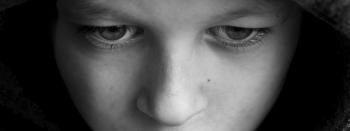
Further evidence-based antidepressant treatments are needed for children and adolescents with depression.

Further evidence-based antidepressant treatments are needed for children and adolescents with depression.
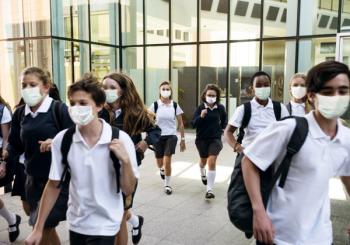
What's new and noteworthy in children and adolescent psychiatry?
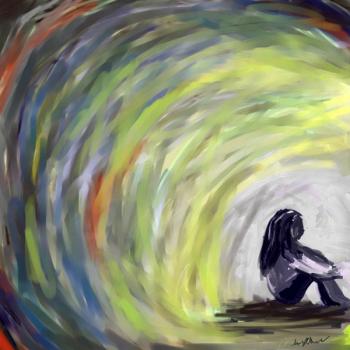
Studies around the world are measuring the effects of the pandemic on children and adolescents.

Depression in children and adolescents is associated with several impairments but the most significant concern is the increased risk of suicide in youths with depression.
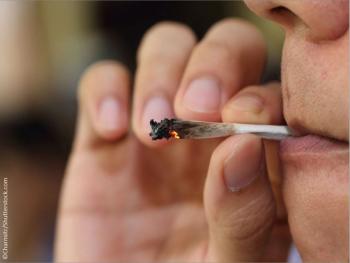
Cannabis is a widely used drug of abuse in adolescents. With legalization of marijuana, adolescent cannabis use may increase substantially.

Recent studies and meta-analyses discussed here address mental health hospitalization, optimal treatment, and long-term outcome for children and adolescents with anxiety disorders.

Two FDA-approved medications are making a dent in treating bipolar disorder in youths, a serious illness that adversely affects young patients, as well as their family and peers.
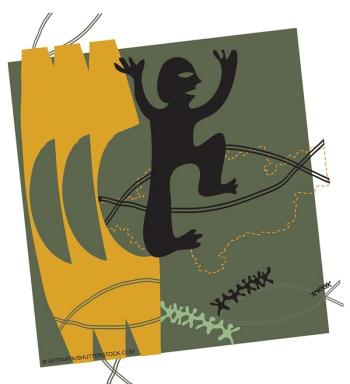
Recent studies have demonstrated the wide-reaching adverse effects of being bullied in childhood. These effects range from impaired academic performance to interest in cosmetic surgery.
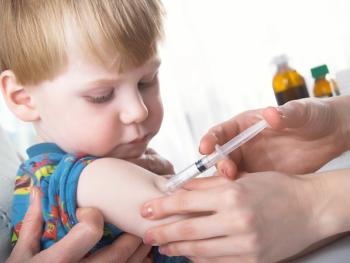
These studies shed light on the relationship between exercise and depression in children and adolescents.

Recent studies demonstrate the far-reaching effects of childhood trauma related to depression and suicidality in adulthood. The evidence to support these associations is presented here.
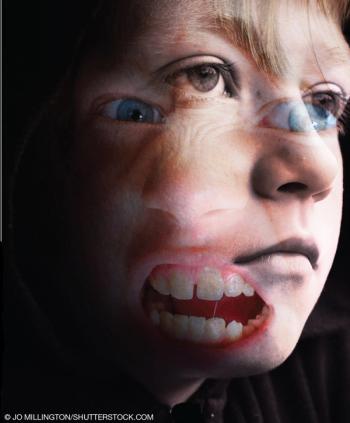
Here are four recent studies that provide clinically relevant information on medication management of bipolar disorder in youths.

Many teens believe the only way to escape bullying is "not to be here." The author examines recent studies that demonstrate the problem isn't going away.
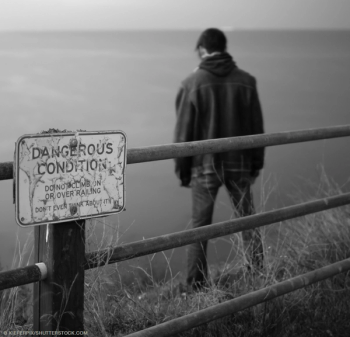
Several recent publications are informative to clinicians on the topic of suicide in children and adolescents. Some of the most salient findings are reviewed here.

The target for physical activity in adolescents is 60 or more minutes of daily aerobic activity. But it is unlikely that the majority of youths achieve this goal.

A brief review of interesting new findings on suicidality and depression treatment in youths.

What factors are involved in parents’ decision to begin medication treatment for a child with ADHD? An overview of studies that provide clinically relevant information related to the course and treatment outcomes of ADHD in children and adolescents.
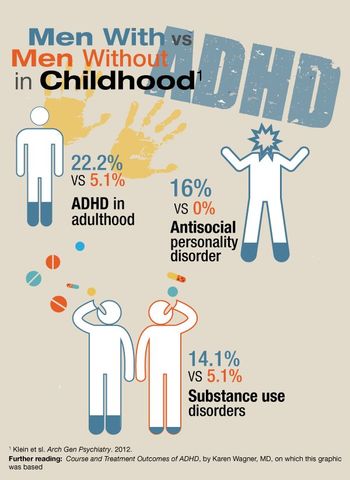
The results of the study featured in this infographic showed that compared with men without childhood ADHD, men with childhood ADHD had higher rates of ongoing issues in adulthood.

Do children with manic symptoms continue to experience mania? How common are suicidal ideation and attempts in bipolar youth? How severe is bipolar depression in children and adolescents? Answers to these and other questions from recent studies here. . .

Parents of children with ADHD frequently ask whether there are nonmedication treatments that are effective for managing their children’s symptoms of ADHD. A recent meta-analysis provides an answer to this clinically important question.

In line with adolescents' interest in interactive video games, a computerized cognitive-behavioral therapy intervention that is an interactive fantasy game for depressed adolescents has been developed.

It is important for clinicians to address the issue of friendships when evaluating and treating children. Parents should be apprised about the critical need for a best friend or friends for their children.
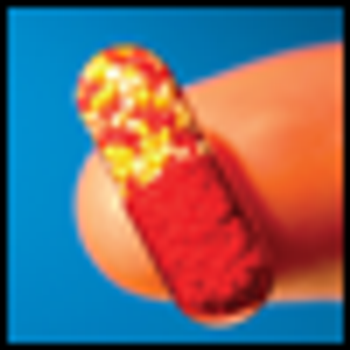
Two recent publications provide clinically relevant information about the risk to benefit ratio of antidepressants for the treatment of MDD in youths, adults, and the elderly.

Suicide continues to be the third leading cause of death in youths aged 10 and older. Several new studies shed further light on suicidal behavior in children and adolescents.

More than 50 years ago, Charles M. Schulz, creator of “Peanuts,” coined the term “Happiness is a warm puppy.” Schulz may have been more visionary than he recognized.

The majority of the literature focuses on prenatal and postnatal depression in mothers, and little attention has been given to the incidence of prenatal and postpartum depression in fathers.
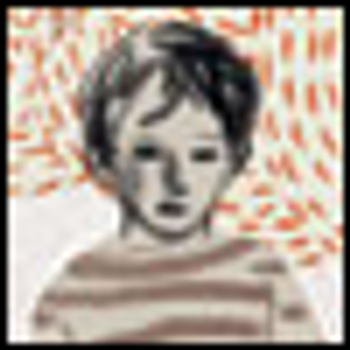
Recent attention has focused on identification of early signs that may identify children at risk for development of autism spectrum disorders (ASD).

Bipolar disorder is recognized as a serious disorder. It has an adverse impact on many areas of a child’s development-including cognitive, emotional, and social functioning. Children with BD are at significant risk for substance use and suicidality. Further identification of effective treatments is a pressing public health concern.

It is generally held that the offspring of parents with bipolar disorder (BD) are at risk for BD. The degree of risk is an important question for both clinicians and parents. A recent study of bipolar offspring by Birmaher and colleagues1 sheds light on this issue.

There has been much recent attention to the deleterious effects of natural disasters and war on children and adolescents.

Four recent studies have shed light on the effects of early childhood mood and behavioral problems on adulthood.

Published: October 7th 2020 | Updated:

Published: May 12th 2014 | Updated:

Published: December 20th 2013 | Updated:

Published: August 22nd 2014 | Updated:

Published: January 28th 2015 | Updated:
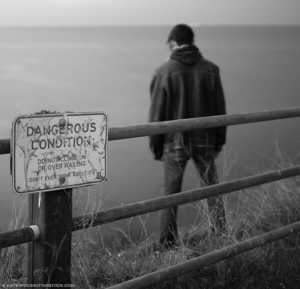
Published: June 26th 2015 | Updated: